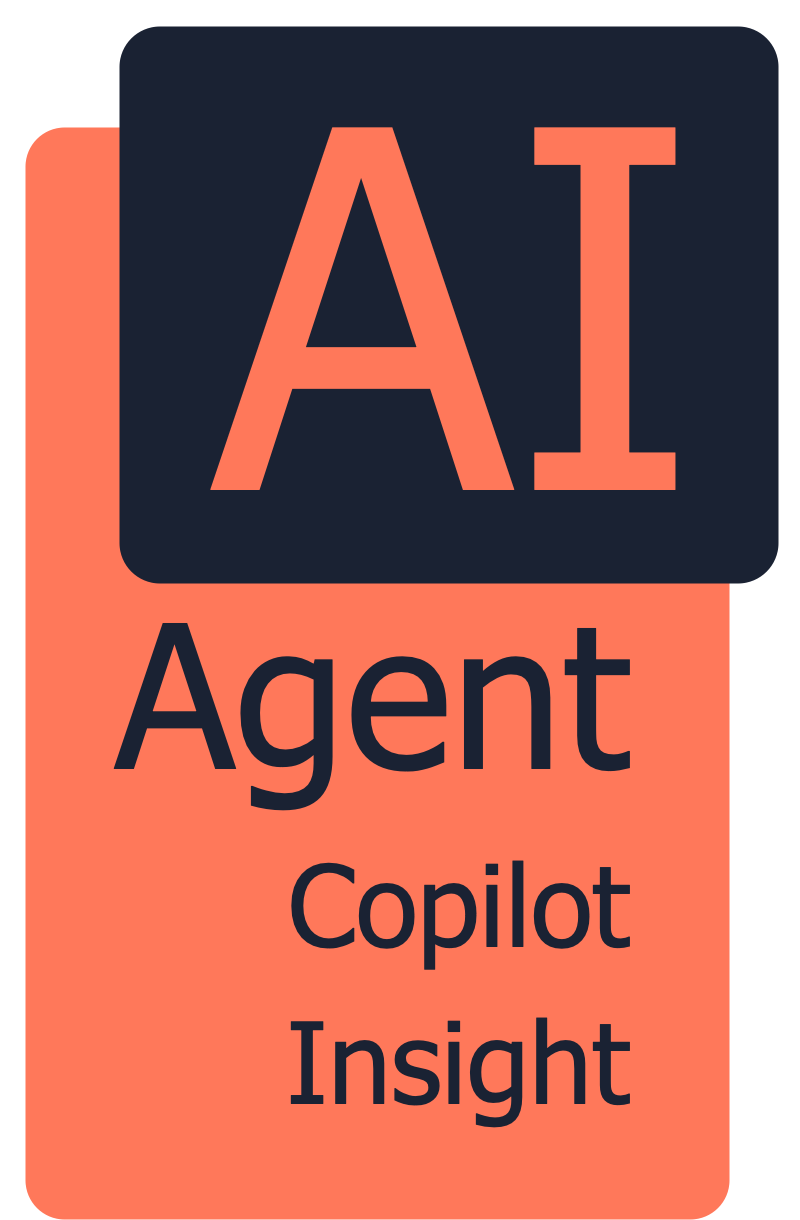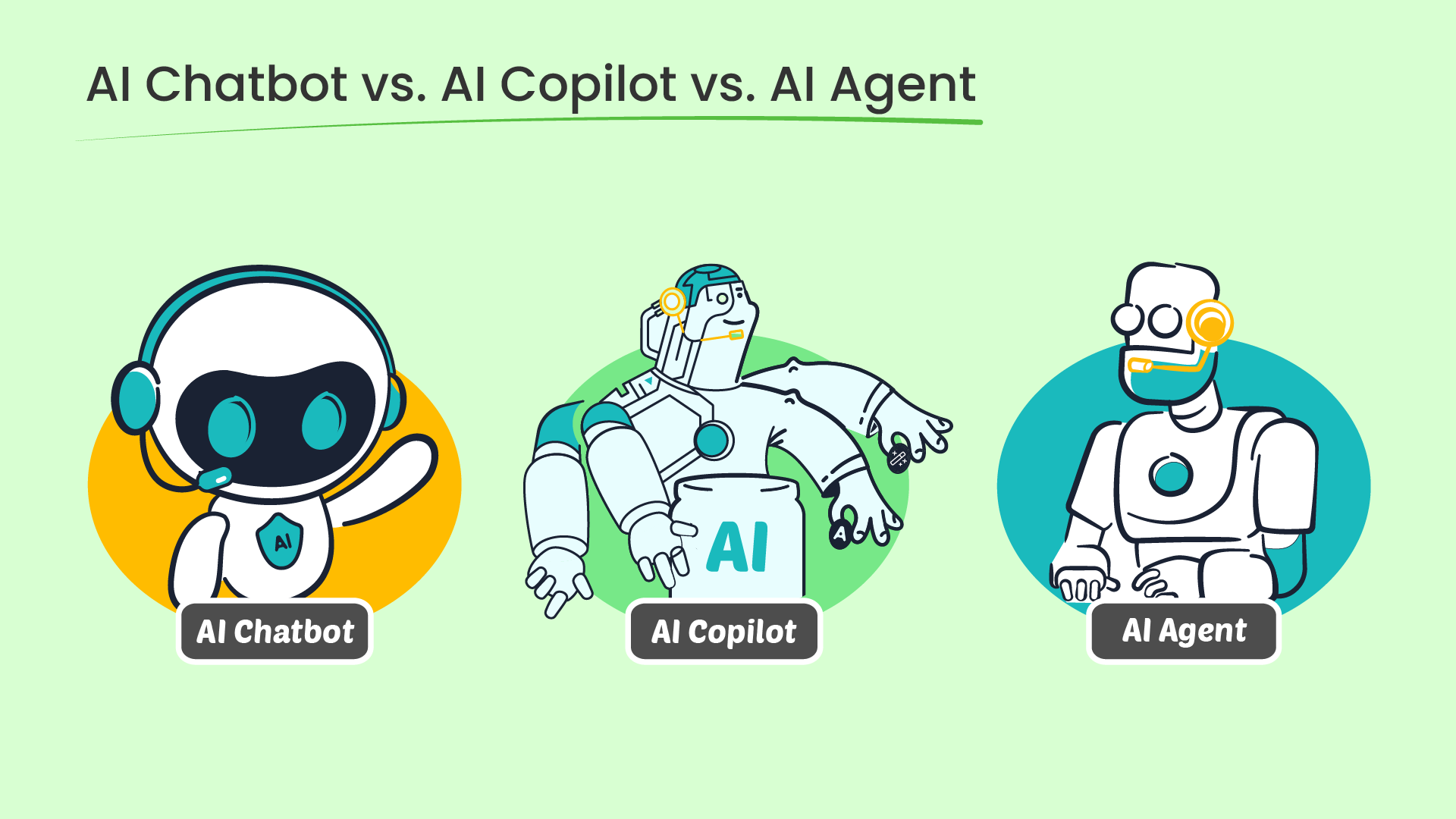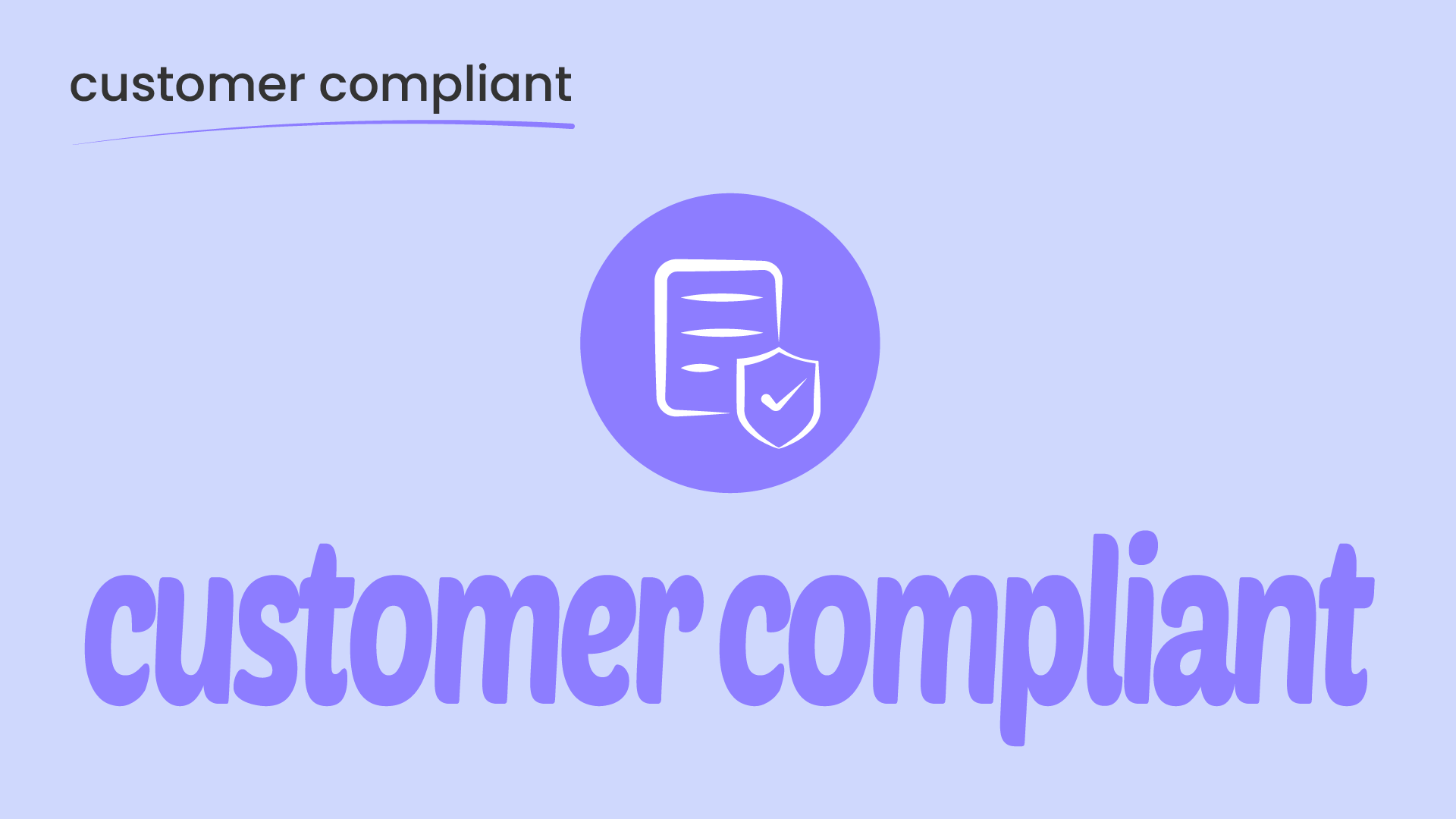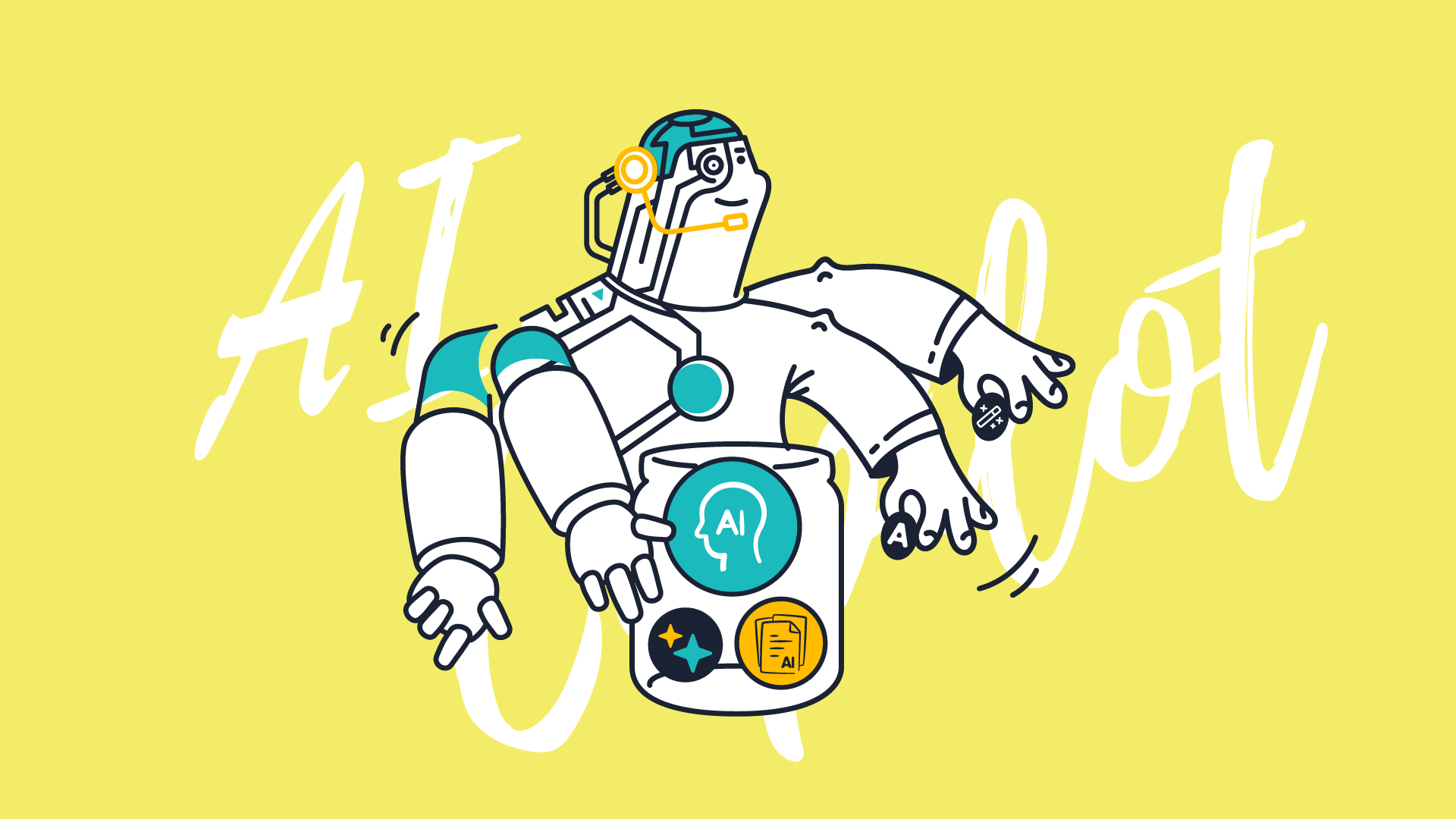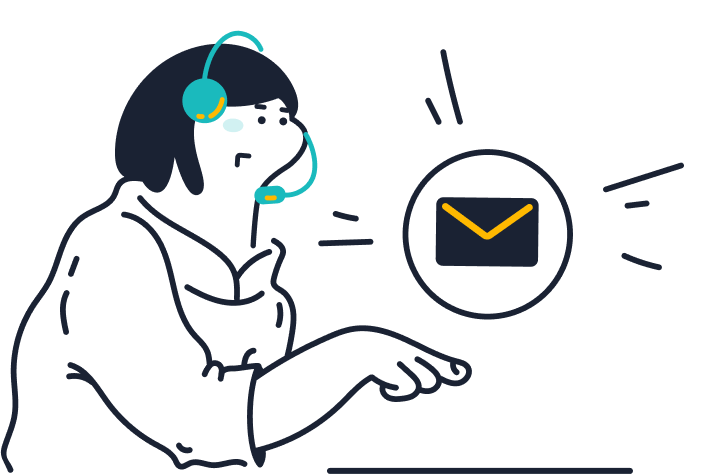AI is becoming part of everyday work. It’s helping teams move faster, answer questions, and handle complex tasks without extra effort.
Still, not all AI tools work the same way. Terms like AI chatbot, AI copilot, and AI agent are often used, but they mean different things. If you’re choosing the right AI tools for productivity, it’s important to know what each one does. In this article, we explain how an AI copilot compares to a chatbot and an agent.

Deep Understanding of the Three Concepts
AI tools today serve very different purposes. Knowing how a chatbot, AI copilot, and AI agent work can help you understand what each one actually does in real settings.
The Three Terms Together
These tools form a natural line of development. An AI chatbot is designed for quick conversations. An AI copilot stays with you during work and offers help inside apps. An AI agent takes things further by acting on its own without waiting for instructions at every step.
They are not better or worse than each other. They just solve different types of problems. Sobot is one example of a customer support service provider that offers all three types of functionalities.
| Type | Real-world Analogy | How It Helps You Understand |
| AI Chatbot | Receptionist answering common questions | Responds to what you ask, gives clear and direct replies |
| AI Copilot | An assistant is sitting next to you while you work | Helps with small tasks, gives tips, but you are still in control |
| AI Agent | A personal assistant who handles full errands | You give a goal, and it completes the task without further input |
What is an AI Chatbot
AI chatbots are built to reply to questions. You type something, and the bot answers using either fixed logic or a language model. One of the most common uses is in support teams. Many businesses use AI chatbots for customer service to reduce waiting time and give quick replies.
They work best when the task is simple or when the chatbot has access to clear, useful content. Chatbots do not take actions on your behalf, but they are fast and helpful for many day-to-day needs.

What is AI Copilot
An AI copilot is a much more advanced system than simply answering you. It works with you inside your tools. It can suggest next steps, summarize information, help write replies, or explain things as you go.
The name is new to many people, and it is common to ask what Copilot AI is. Simply put, it is like a helpful layer in your workspace. It does not take over the task. It supports you while you are doing it. That is why AI copilot features are being added to writing apps, email tools, and planning platforms.
This tool is focused on guidance and speed in your daily work. AI copilot is mentioned in more and more tools today because people want smoother workflows, not only quick replies.
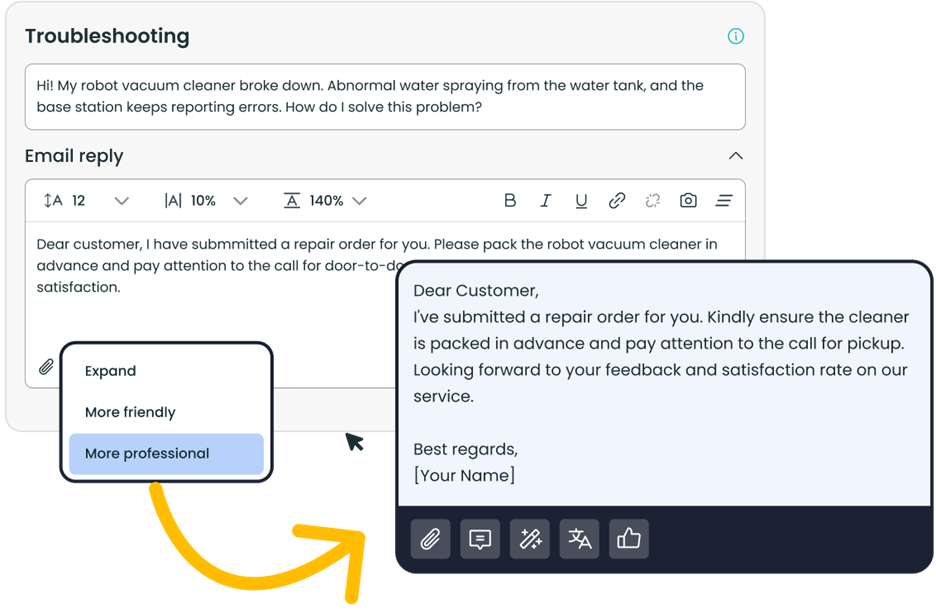
What is an AI Agent
An AI agent is built to complete tasks on its own. You give it a goal, and it figures out the steps to get there. It may switch between tools, send messages, update calendars, or trigger actions.
An agent AI assistant does not wait for step-by-step input. For example, if you ask it to schedule a meeting, it will find the best time, send invites, and confirm details without asking you each time.
This is where it becomes different from an AI copilot. While the copilot stays in your workflow, the agent moves across tools to get the job done. It takes action with less supervision.
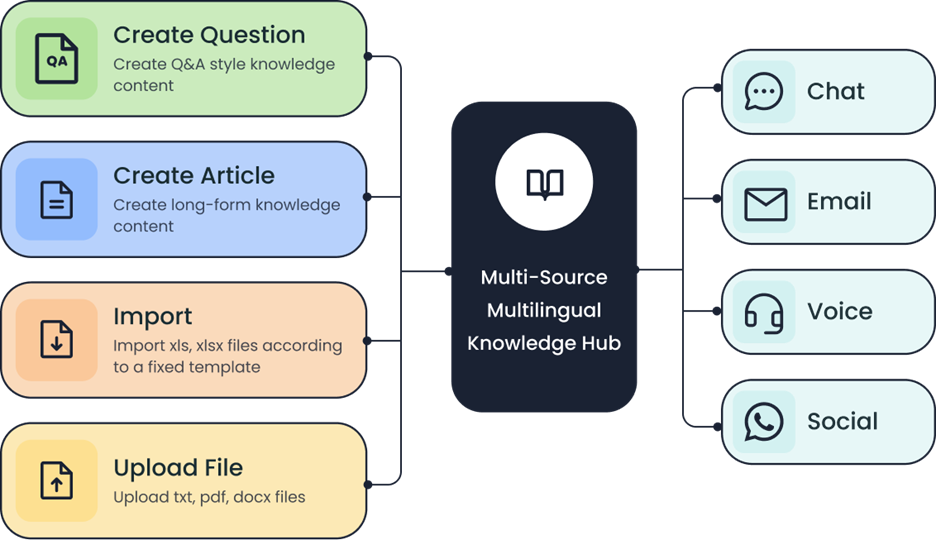
How Chatbots, Copilots, and Agents Differ in Functionality
Even though these AI tools are often grouped together, their actual features show just how different they are. It does not matter how smart they seem, but what is really important is how much work they can handle, how deeply they connect with your systems, and how they interact with users.
– An AI chatbot is mainly reactive. It answers questions when asked and works well for simple, repeated tasks.
– An AI copilot is more active; it stays inside your software and gives you live suggestions, usually without being prompted.
– The AI agent is different from both. It works toward goals, takes initiative, and completes tasks without waiting for step-by-step commands.
| Feature | AI Chatbot | AI Copilot | AI Agent |
| Autonomy | Passive — responds only when triggered | Offers help but waits for user action | Can take over tasks from start to finish |
| Interaction Style | Basic text Q&A following preset patterns | Context-aware assistance embedded in workflows | Goal-based instructions, minimal user input needed |
| Scope of Task Handling | Simple, respective tasks | Supports ongoing work within tools | Completes complex, multi-step workflows |
| Decision-Making Ability | Follows fixed patterns or language model only | Offers suggestions, but the user decides | Can make step-by-step choices based on the goal |
| User Dependence | Rely on user input | User leads, copilot assists | Agent leads once the task is defined |
Use Cases and Applications– Customer Contact Center Workflow
A customer contact center is a practical way to see the difference between chatbots, AI agents, and AI copilot. Each of these tools plays a different role in how support is delivered, depending on the task.
AI chatbots are useful for answering simple, repetitive questions. They are fast, consistent, and reduce the load on human agents. But when the question gets complex or involves several steps, an AI copilot can step in. It works inside the agent’s dashboard, suggests helpful replies, finds customer history, and reduces typing time.
The copilot AI supports the agent during live chats or calls without taking full control. In more advanced setups, an AI agent is able to take action by itself. It can assign tickets, update CRM entries, or send follow-ups once a call ends.
This comparison highlights the practical difference between AI Copilot vs. AI agent in a real-life working environment.
| Task in Contact Center | AI Chatbot | AI Copilot | AI Agent |
| Responding to common questions | Fully handles basic/common inquiries | Assists agents by providing suggested replies | Capable of autonomously handling more complex issues |
| Assisting agents during live chat | Limited—only handles simple queries | Gives real-time reply suggestions | Can take over the conversation based on predefined rules |
| Showing past conversation history | Limited conversational memory | Summarizes history and provides context | Uses the full conversation history to decide next steps |
| Updating customer information | Cannot do it | Guides the agent on what to update | Updates are directly based on the case result |
| Sending post-call follow-ups | Generally not supported | Alerts the agent to send a follow-up | Automatically sends follow-ups without a prompt |
The Future of AI Collaboration: Agents and Copilots Unite
Instead of treating AI Copilots and AI Agents as separate tools, many businesses now combine them to enhance workflows. This team-up saves time, lowers mistakes, and gives customers faster replies.
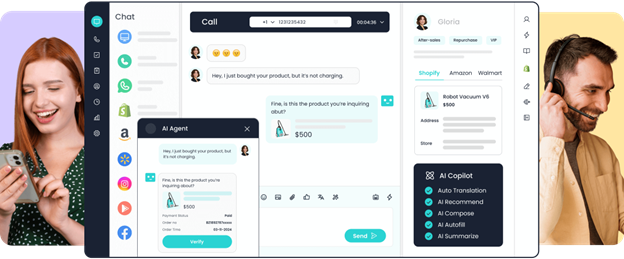
What Makes This Mix So Useful
When AI Copilot and an agent work together, they fill each other’s gaps. The Copilot assists human agents with suggestions, relevant information, and response drafts, while the AI Agent executes backend tasks like retrieving data, updating records, or initiating system actions. This synergy not only saves time and reduces effort but also improves the customer experience by minimizing delays and repetition.
A Quick Example of How It Works in Real Life
Suppose a customer asks about a refund. The AI Copilot suggests the best response and shows refund rules. At the same time, the agent checks the order and starts the refund process in the system. The support person just reviews and clicks send. Everything is faster, smoother, and done in one go.
Sobot: A Multi-faceted, Omnichannel AI Designed for Contact Center

Customers now reach out through live chat, email, phone, and social platforms. Contact centers need one solution that can handle all these channels without causing delays or confusion. Sobot brings everything together in one place and supports every part of the customer service journey using advanced AI solutions.
Sobot brings together several smart tools to solve real contact center challenges:
Sobot AI Solutions
- AI Agent: Handles chats, emails, and calls on its own, reducing wait times.
- AI Copilot: Works with human agents by giving them real-time suggestions during calls or chats.
- AI Insights: Collects useful data from conversations and shows patterns that help teams improve.
Sobot also offers a data-driven, 24/7 AI chatbot to make your customer service more efficient.
Together, these tools reduce pressure on human agents while improving service for your customers.
Benefits You Can See
With Sobot, companies have constantly seen:
- Shorter response times
- Fewer repeated questions
- More customer satisfaction
- Better decision-making using real-time data
Built for Real Workflows
Whether it’s a retail business, a service provider, or a support team, Sobot adjusts to your workflow. You can train it with your company’s own rules, tone, and knowledge. It grows as your needs grow, so it never gets outdated.
Sobot Is Simple to Start
You don’t need a big IT setup to start using Sobot. We designed it to be user-friendly and quick to onboard. Start slowly, and you can easily expand it in the future once you see your business progressing.
Conclusion
Sobot makes support easy.
Everything is connected, making each step simpler for both your agents and your customers. You don’t have to waste time on small tasks or search for answers as Sobot handles everything.
Want to see how much easier support can be? Try Sobot today and let your team do more with less effort.
